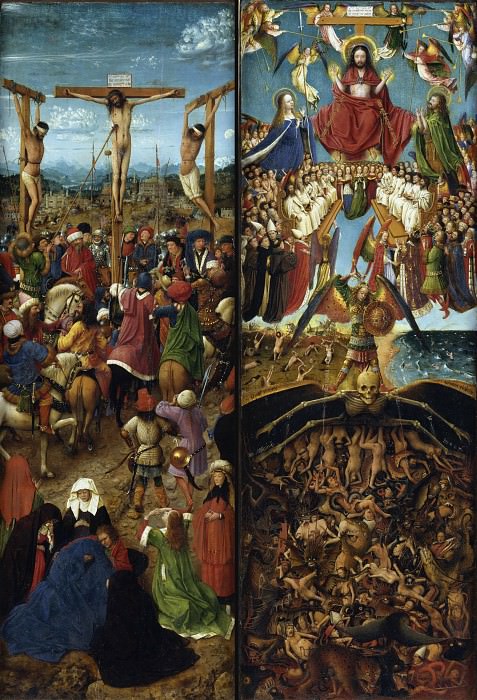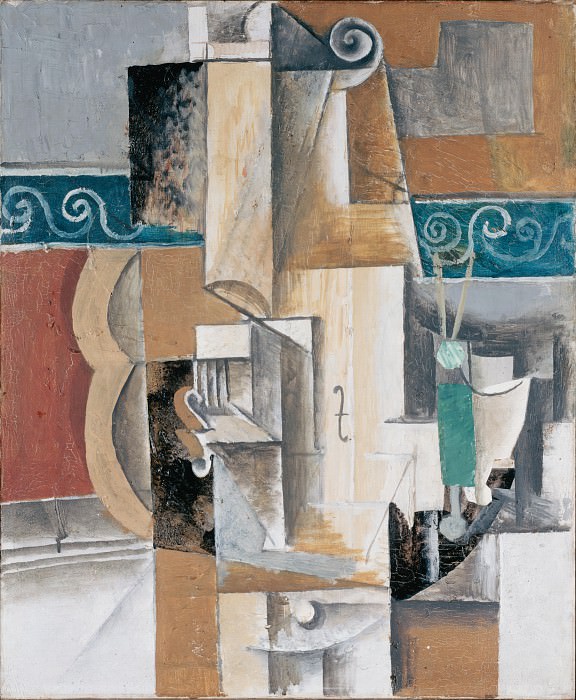The Art of Philip Guston: A Unique Vision
Early Life and Artistic Beginnings
Philip Guston, born Phillip Goldstein on June 27, 1913, in Montreal, Canada, was an influential figure in 20th-century American art. His family moved to Los Angeles in 1919, where Guston spent his formative years. From an early age, Guston showed a keen interest in drawing and was largely self-taught. His early exposure to Mexican muralists like David Alfaro Siqueiros and Diego Rivera deeply influenced his artistic vision, instilling in him a sense of social responsibility and a commitment to addressing political themes through his art.
The Transition to Abstract Expressionism
Guston's early work, influenced by the social realism of the Mexican muralists, evolved as he moved to New York in the 1930s. He became associated with the New York School, a group of artists known for their Abstract Expressionist works. During the 1940s and 1950s, Guston's paintings were characterized by lyrical abstraction, marked by soft, luminous colors and delicate, gestural brushstrokes. His works from this period, such as "Zone" (1953-54), reflect a meditative and introspective approach, distancing themselves from overt political statements.
The Shift to Figurative Imagery
In the late 1960s, Guston made a radical departure from Abstract Expressionism, returning to figurative imagery. This shift was met with mixed reactions from the art world. Critics and peers, accustomed to his abstract works, were initially perplexed by his new direction. However, this transition marked a significant phase in Guston's career, as he began to address more personal and societal themes through his art. His paintings became populated with a lexicon of recurring motifs: hooded figures, shoes, clocks, lightbulbs, and various objects that carried symbolic weight.
Political and Social Commentary
Guston's return to figuration coincided with a turbulent period in American history. The civil rights movement, the Vietnam War, and political corruption were pressing issues. Guston's work began to reflect his disillusionment with society and politics. His hooded figures, reminiscent of the Ku Klux Klan, were a stark commentary on racism and moral hypocrisy. Works such as "The Studio" (1969) and "City Limits" (1969) depicted hooded figures engaging in mundane activities, juxtaposing the banality of evil with the everydayness of human existence.
Personal Symbolism and Inner Turmoil
Guston's later works are also imbued with personal symbolism, reflecting his inner turmoil and struggles. The recurring motif of shoes, for instance, is often interpreted as a symbol of the artist's journey and the passage of time. Clocks and lightbulbs represent the relentless march of time and the quest for enlightenment, respectively. His self-portraits, characterized by heavy, dark lines and introspective gazes, reveal a deep sense of self-reflection and existential angst.
The Influence of Literature and Philosophy
Literature and philosophy significantly influenced Guston's work. He was an avid reader of existentialist literature, including works by Samuel Beckett and Franz Kafka. The themes of absurdity, alienation, and the human condition prevalent in these works resonated with Guston and found expression in his paintings. His 1975 series of drawings, inspired by Beckett's novel "Waiting for Godot," encapsulates the existential themes of waiting, searching, and the absurdity of life.
Legacy and Continued Relevance
Philip Guston's impact on the art world is undeniable. His willingness to defy conventions and explore new artistic territories has inspired countless artists. Despite the initial controversy surrounding his shift to figuration, his work is now celebrated for its boldness and honesty. Guston's exploration of personal and societal issues through a unique visual language continues to resonate with contemporary audiences.
Major Exhibitions and Retrospectives
Over the years, Guston's work has been the subject of numerous exhibitions and retrospectives, cementing his status as a seminal figure in modern art. The 2003 retrospective at the Metropolitan Museum of Art in New York, for instance, showcased the breadth and depth of his artistic journey. More recently, the delayed retrospective organized by the National Gallery of Art, Tate Modern, and the Museum of Fine Arts, Boston, highlighted the enduring relevance of his work in the context of contemporary social and political discourse.
The Controversy and Reappraisal
Guston's work, particularly his later figurative paintings, has been the subject of much debate and reappraisal. The decision to postpone the 2020 retrospective due to concerns over the depiction of hooded figures sparked a widespread discussion about censorship, context, and the role of art in addressing difficult subjects. This controversy underscored the power of Guston's work to provoke and challenge viewers, reaffirming its significance in contemporary art discourse.
Influence on Contemporary Artists
Philip Guston's legacy is evident in the work of many contemporary artists who draw inspiration from his bold approach to figuration and his willingness to tackle uncomfortable truths. Artists such as Nicole Eisenman, Carroll Dunham, and Dana Schutz have cited Guston as a major influence on their work. His unique blend of personal symbolism, political commentary, and existential inquiry continues to inspire new generations of artists to push the boundaries of their own creative expression.
The Market for Guston's Art
The art market has also recognized the value of Guston's contributions. His works fetch high prices at auction, reflecting their esteemed status among collectors and institutions. Paintings like "Painter's Table" (1973) and "Couple in Bed" (1977) have sold for millions, demonstrating the enduring appeal and importance of his oeuvre.
Conclusion: A Lasting Impact
Philip Guston's art remains a powerful testament to his unique vision and his ability to confront the complexities of the human condition. His journey from abstraction to figuration, driven by a desire to explore personal and societal themes, has left an indelible mark on the art world. As we continue to grapple with the issues Guston addressed in his work, his art serves as a reminder of the enduring power of creative expression to challenge, provoke, and inspire.
Exploring Guston's Work Today
For those interested in delving deeper into Philip Guston's work, visiting major art institutions that house his pieces is a worthwhile endeavor. Museums like the Museum of Modern Art in New York, the San Francisco Museum of Modern Art, and the Tate Modern in London offer opportunities to experience his art firsthand. Additionally, numerous publications and documentaries provide comprehensive insights into his life and work, offering a deeper understanding of the man behind the canvas.
Philip Guston's art continues to captivate and challenge viewers, inviting them to engage with his unique vision and the profound themes he explored. His legacy endures, inspiring artists and art enthusiasts alike to look beyond the surface and confront the deeper truths of our shared human experience.















